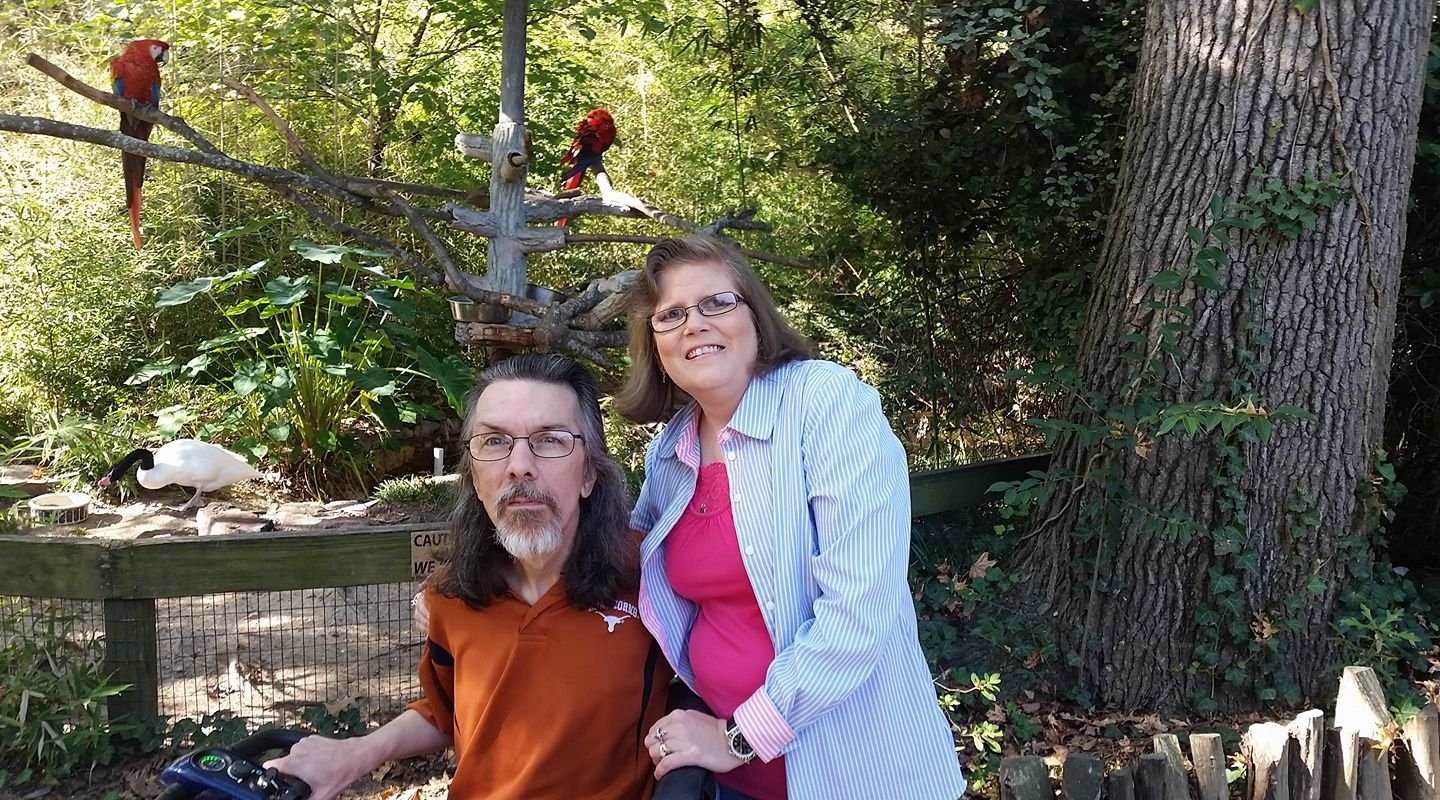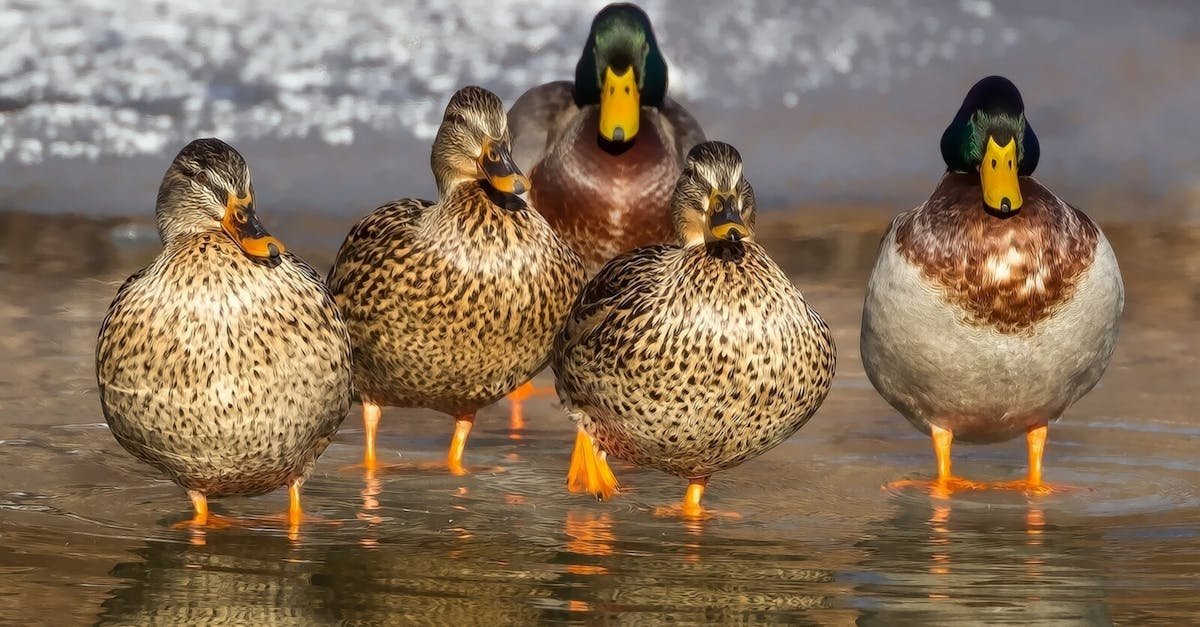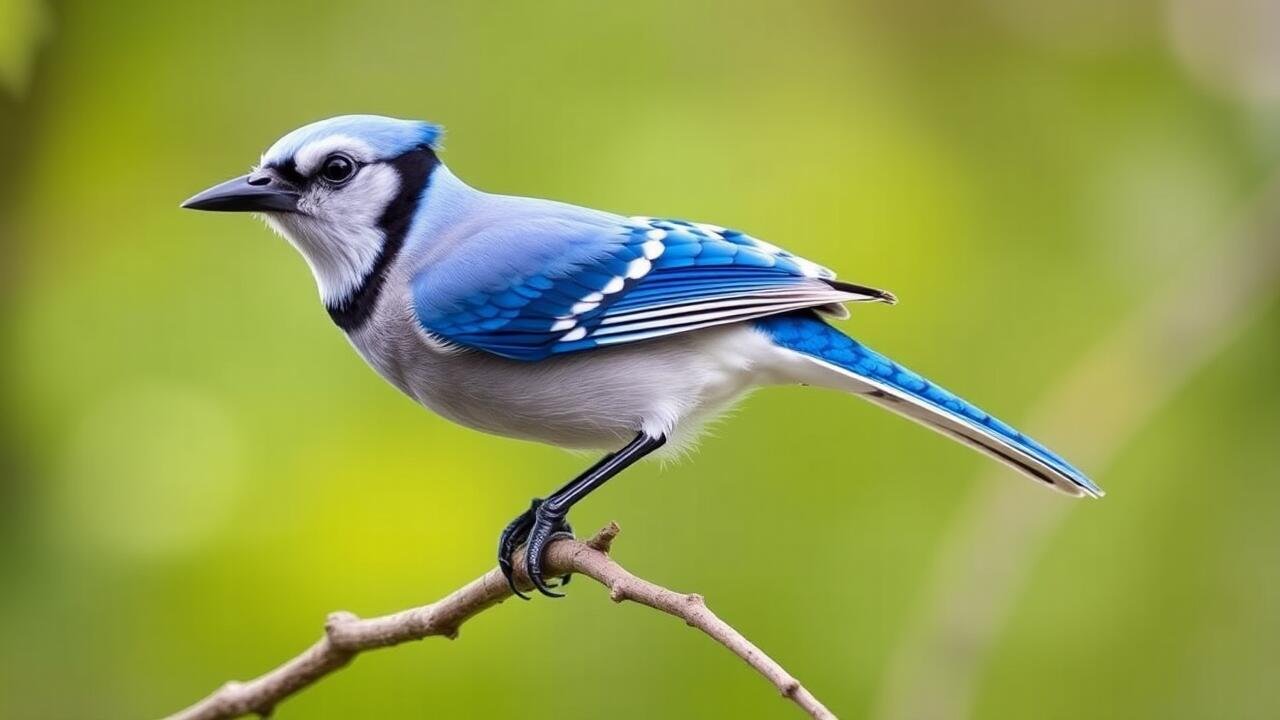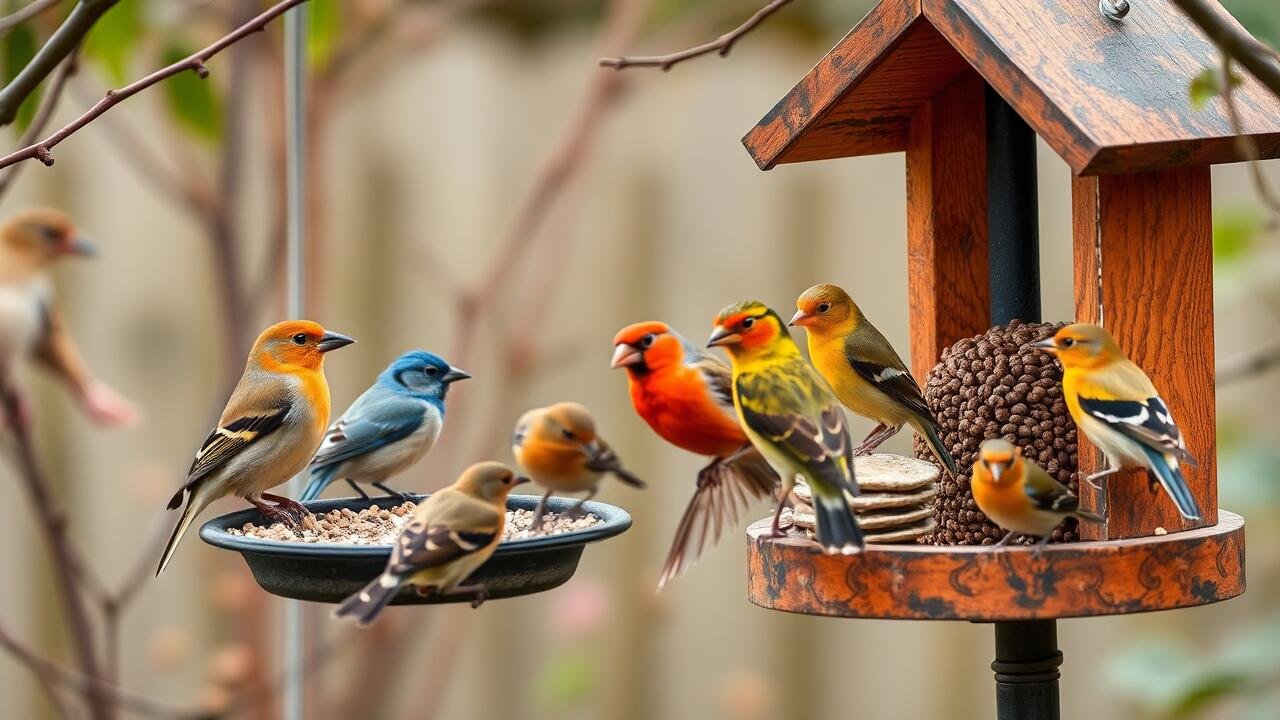Table Of Contents
Seasonal Changes and Bird Attraction
What attracts birds the most? As seasons shift, they play a crucial role in the behaviors and movements of birds. Spring brings a resurgence of activity as many species return from winter migrations. The increased availability of food sources, such as blooming flowers and emerging insects, attracts various birds seeking to breed and gather resources. During autumn, the change in weather often prompts a shift in feeding habits. Birds begin to stockpile food in preparation for winter, favoring areas abundant with seeds and berries.
Summer presents an entirely different scenario as nesting season peaks. Many species establish territories and focus on raising their young. The abundance of insects, fruits, and seeds during this season creates a haven for birds, leading to heightened activity in gardens and natural landscapes. In winter, birds often migrate towards milder climates, seeking reliable food supplies. Those that remain adapt their feeding habits, utilizing feeders or winter-hardy plants that provide sustenance amid the cold.
Here is a great resource for anyone looking to expand on this topic.
Migration Patterns and Food Availability
Birds seek out specific locations during migration, often guided by food availability. As seasons change, they follow a path that leads to areas rich in resources. In spring and summer, many bird species migrate north to exploit the abundant insects and flowering plants. In contrast, autumn prompts a return south, where seeds, fruits, and insects become more accessible. These patterns highlight the deep connection between birds’ migratory habits and the seasonal availability of food.
Environmental changes can significantly influence these migration routes. Deforestation, urban expansion, and climate change disrupt habitats and food sources. Such alterations may make traditional migratory paths less reliable. Birds often adapt by shifting their timings or altering destinations, searching for optimal conditions to ensure survival. Understanding these dynamics sheds light on the complex relationship between birds and their environments.
Garden Plants That Entice Birds
Creating a bird-friendly garden goes beyond providing food. The selection of plants plays a crucial role in attracting a variety of bird species. Flowering plants that produce nectar are particularly irresistible to hummingbirds. Berry-producing shrubs delight many birds, offering essential nutrition while enhancing the garden’s aesthetic appeal. Native plants often serve as a reliable food source, ensuring that local birds can find what they need throughout the year.
Incorporating a mix of trees, shrubs, and flowers can create a welcoming habitat. The structure of the garden should provide shelter and nesting sites to make it even more appealing. Features like ornamental grasses and dense foliage offer safe hiding spots for small birds from potential predators. This combination of food sources and protective environments enables birds to thrive, making your garden a vibrant sanctuary for avian visitors.
Native Flora
Biodiversity plays a crucial role in attracting birds to gardens and landscapes. Native plants are often better suited to local wildlife, providing essential resources such as food and shelter. They have evolved alongside native birds, creating an intricate web of relationships that benefits both the flora and fauna. When birds find familiar habitats, they are more likely to establish nesting sites, which further contributes to their population stability.
Choosing local species over exotic ones can enhance the ecological balance of a garden. Native plants tend to require less maintenance and are more resilient to local pests and diseases. Birds are attracted to the seeds, fruits, and nectar produced by these plants, making them a vital food source throughout different seasons. By supporting local flora, gardeners can cultivate an environment that fosters bird activity and promotes biodiversity.
Sounds That Draw Birds Closer
Birds rely heavily on vocalization for communication within their species. These sounds play key roles in attracting mates, defending territory, and coordinating group movements. Specific calls often resonate with potential mates, drawing them closer in search of companionship. Each species has a unique repertoire, allowing birds to not only communicate with their own kind but also to recognize and respond to the calls of others in their environment.
Various environmental factors can influence how these sounds travel, impacting bird interactions. Birds are particularly attracted to vibrant songs that stand out against background noise. Identifying territory through song is vital, as it helps establish boundaries and signal presence to others. By mimicking these sounds, individuals may enhance their ability to attract certain species, thereby increasing their chances of successful encounters within their habitat.
Bird Calls and Their Influence
Bird calls play a significant role in attracting a variety of bird species. The distinct sounds produced by birds serve multiple purposes, including communication, territory establishment, and mate attraction. Vibrant calls can signal to backyard visitors that a safe haven exists nearby. When one bird vocalizes, it often prompts others to investigate, drawn in by curiosity or the allure of companionship.
Different species utilize specific calls that resonate with their unique behaviors and habitats. For instance, melodious whistles can evoke interest from nearby birds, while sharp notes may indicate alarm or caution. Many bird enthusiasts enhance their outdoor spaces with sound elements, such as recordings of local bird calls. This strategy not only invites birds closer but also creates a more dynamic and engaging environment for observing these fascinating creatures.
Please be sure to check out The Complete Guide to Wild and Pet Bird Care: Tips, Products, and Resources
FAQS
What seasonal changes affect bird attraction?
Seasonal changes, such as the availability of food and nesting sites, significantly influence bird attraction. In spring and summer, birds are drawn to areas rich in foliage and nesting materials, while in fall and winter, they seek food sources like seeds and berries.
How do migration patterns impact bird attraction?
Migration patterns affect bird attraction by determining when and where different bird species are present. During migration, birds are particularly attracted to areas with abundant food supplies and safe resting spots, making them more visible to birdwatchers.
What types of garden plants are best for attracting birds?
Garden plants that provide food, shelter, and nesting materials are most effective in attracting birds. Native plants that produce berries, seeds, and nectar are especially beneficial, as they offer a natural food source for local bird species.
Why are native plants important for attracting birds?
Native plants are important for attracting birds because they are adapted to the local environment and support the specific dietary and habitat needs of local bird species. They provide essential resources and create a balanced ecosystem that promotes bird diversity.
How do sounds influence bird attraction?
Sounds play a critical role in attracting birds, as many species are drawn to the calls and songs of others. Bird calls can signal the presence of food, potential mates, or territory, making them an essential factor in bird communication and attraction.
Related Links
Creating a Year-Round Bird Haven: Seasonal Tips for Attracting Birds
How to make a bird paradise?
How to create a bird sanctuary?
What time of year are birds most active at feeders?

My name is Shane Warren, the author behind Chirping Birds Hub – your ultimate guide to the wonderful world of birds! Unleash your inner avian explorer as we delve into a vibrant library of knowledge dedicated to all things feathered. From learning about diverse bird species from across the globe to understanding their captivating habitats and behaviors, I’m here to fuel your passion for these magnificent creatures. Not only that, but I also provide valuable insights on being a responsible and informed pet bird owner. Join our vibrant community and let’s celebrate the feathered wonders of the world together – one chirp at a time.


